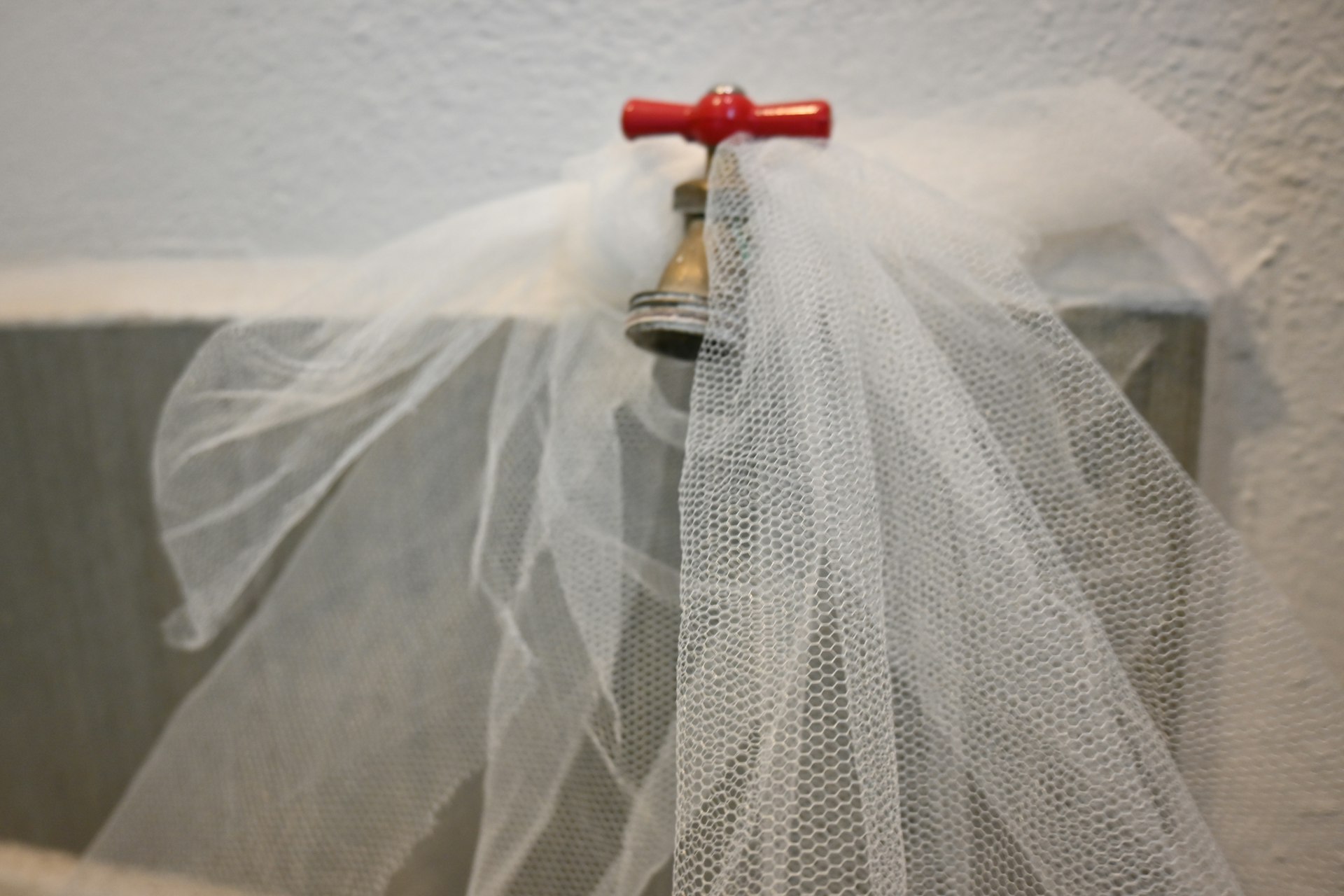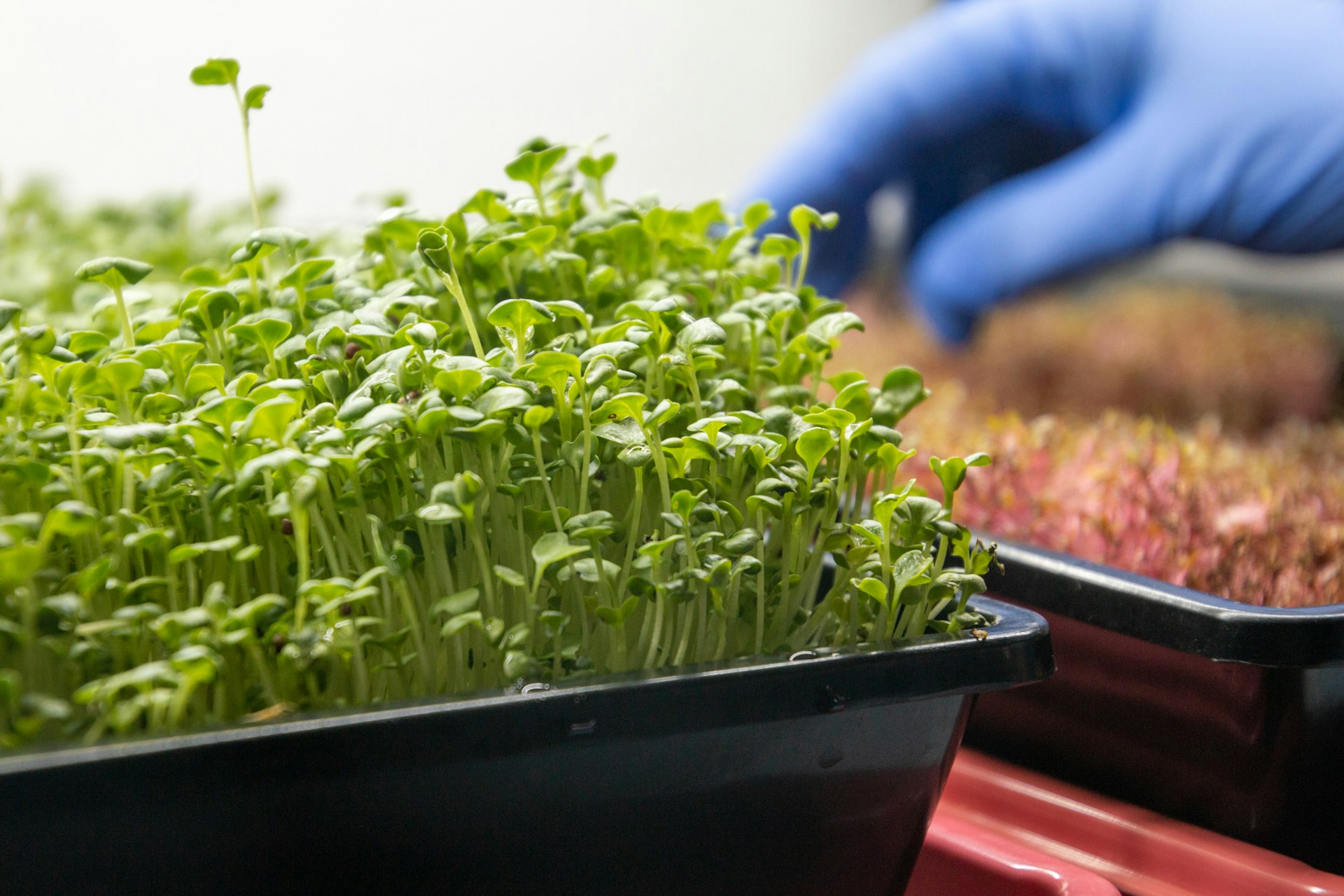Transform Your Home Garden with Effective Rainwater Harvesting Solutions

Photo by Naoki Suzuki on Unsplash
Introduction: Harnessing Rainwater for a Thriving Home Garden
Water scarcity and rising utility costs have made rainwater harvesting a compelling solution for home gardeners seeking sustainable, cost-effective irrigation. By collecting, storing, and distributing rainwater, you can nourish plants, conserve resources, and enhance your garden’s resilience. This article explores actionable ideas, step-by-step instructions, and alternative approaches-backed by real-world examples and current best practices-to help you implement rainwater harvesting in your home garden.

Photo by Osman Hussaini on Unsplash
Understanding Rainwater Harvesting: Concepts and Benefits
Rainwater harvesting refers to collecting runoff from rooftops or other impervious surfaces and storing it for later use in landscape irrigation or other purposes. This technique has gained popularity globally and is increasingly adopted in urban settings as an eco-friendly way to supplement household water supplies [1] . Key benefits for home gardens include:
- Reducing dependence on municipal water
- Lowering utility bills
- Decreasing stormwater runoff and soil erosion
- Improving plant health with chlorine-free water
One inch of rain on a 1,000-square-foot roof yields over 620 gallons of water, demonstrating the significant potential for garden irrigation [2] .
Core Components of a Home Rainwater Harvesting System
A complete rainwater harvesting system typically includes the following elements [3] :
- Catchment Surface: Usually a roof, where rain is initially collected.
- Gutters and Downspouts: Channel water from the roof to collection points.
- Leaf Screens and Filters: Prevent debris from entering the storage system.
- First Flush Diverters: Remove initial contaminants from the runoff.
- Storage Tanks or Cisterns: Hold collected water for future use.
- Delivery System: Gravity-fed or pumped distribution to garden areas.
- Treatment (Optional): Further filtration or purification for potable uses.
Step-by-Step Installation: Building a Rainwater Catchment System
The following process outlines how to set up a basic rainwater harvesting system for a home garden, based on practical examples [4] :
- Disconnection and Redirection: Disconnect your downspout and install a rain chain or extension to guide water from the roof to your chosen catchment area.
- Conveyance Trench: Dig a trench (about 12 inches deep) and line it with gravel to direct water away from the house toward the garden or a storage barrel.
- Infiltration Trench or Rain Garden: Construct an infiltration trench (12-18 inches deep, filled with gravel and rocks) to hold and slowly release water into the soil. This can double as a walkable path or be seeded with clover or grass for added utility.
- Storage Installation: Place a rain barrel or cistern at the trench’s end to collect overflow. Ensure the tank is positioned on a stable, level base.
- Distribution System: Attach a hose or gravity-fed irrigation system to the storage tank for easy watering of garden beds.
Each step can be customized based on available space, budget, and garden needs. For example, shallow trenches are safer for residential areas and easier to maintain, while larger rain gardens provide greater water storage and recharge the soil more effectively [4] .
Alternative Approaches and Innovative Ideas
Rainwater harvesting systems range from simple to complex. Below are several alternative methods and creative enhancements for home gardens:
- Rain Barrels: The most straightforward system uses standard barrels to collect water from downspouts. These are ideal for small gardens and can be purchased at home improvement stores or constructed from food-grade containers. Always keep barrels covered to prevent mosquito breeding and debris contamination [3] .
- Self-Watering Drip Systems: Divert rainwater to specific garden beds using hoses with drilled holes, creating a low-pressure, gravity-fed soaker hose. This approach is especially useful for perennial beds or food forests, releasing water directly to plant roots [5] .
- Rain Gardens: Create a low-lying area planted with moisture-loving species. Rainwater from roofs or driveways is directed to this spot, soaking slowly into the soil and reducing irrigation needs while supporting biodiversity [2] .
Each approach can be tailored to your garden’s size, layout, and watering requirements. Combining methods-such as using both rain barrels and infiltration trenches-can maximize water storage and coverage.
Practical Guidance: Sizing and Maintenance
Before installing a system, estimate your water needs and potential rainfall collection. Use local rainfall data and the area of your catchment surface to plan tank capacity. For example, a 1,000-square-foot roof receiving one inch of rain will yield about 620 gallons of water [2] .
Regular maintenance is essential for effective operation and safety. Key steps include:
- Cleaning gutters and leaf screens before the rainy season
- Inspecting and repairing tanks, hoses, and diverters
- Ensuring overflow is properly directed away from foundations
- Checking for mosquito larvae and sealing open water sources
Advanced systems may require periodic filter replacement or monitoring of pump functionality.
Troubleshooting Common Challenges
Implementing rainwater harvesting in home gardens may present several challenges:
- Overflow and Flooding: Ensure trenches and tanks are sized for local rainfall and have proper overflow channels.
- Debris and Contamination: Install screens and first flush diverters to minimize entry of leaves and pollutants.
- Legal Restrictions: Some municipalities regulate rainwater harvesting. Consult local ordinances or contact your city’s water department for guidance before installation.
- Winterization: In cold climates, drain and disconnect tanks to prevent freezing or damage.
Proactive planning and regular inspections can help avoid these issues and keep your system running smoothly.
Accessing Resources and Further Guidance
To learn more or access local programs supporting rainwater harvesting:
- Contact your local Cooperative Extension Service for workshops, technical guides, and water conservation resources.
- Search for “rainwater harvesting rebates” or “water conservation incentives” in your city or state; some municipalities offer financial support for installation.
- Consult reputable organizations such as the Oregon State University Extension for detailed publications and step-by-step guides [3] .
- Explore community workshops or permaculture design programs for hands-on support and expert advice [4] .
If you are unable to find a verified website for your city or region, use qualifying search terms such as “city name + rainwater harvesting program” or contact your local water utility directly.
Key Takeaways and Next Steps
Rainwater harvesting offers a powerful, accessible way to enhance your home garden’s sustainability and reduce water costs. By following proven installation steps, exploring alternative approaches, and seeking local guidance, you can create a system tailored to your specific needs. Remember to consult local regulations, maintain your setup regularly, and connect with community resources for ongoing support.
References
- [1] Watercache (2025). Rainwater Harvesting 101 | How-To Collect Rainwater.
- [2] Contra Costa Water District (2025). Rain Gardens and Rainwater Harvesting.
- [3] Oregon State University Extension (2025). Harvesting Rainwater for Use in the Garden.
- [4] Tenth Acre Farm (2025). How Rainwater Harvesting Transformed My Front Yard.
- [5] Northern Homestead (2025). Rainwater Harvesting for Use in the Garden.
MORE FROM hotondeals.com













